The US Army AH-64E Apache attack helicopter Version 6.5 upgrade aligns the entire E model fleet under the same software, streamlining training and maintenance while providing a pathway for sensor/capability parity.
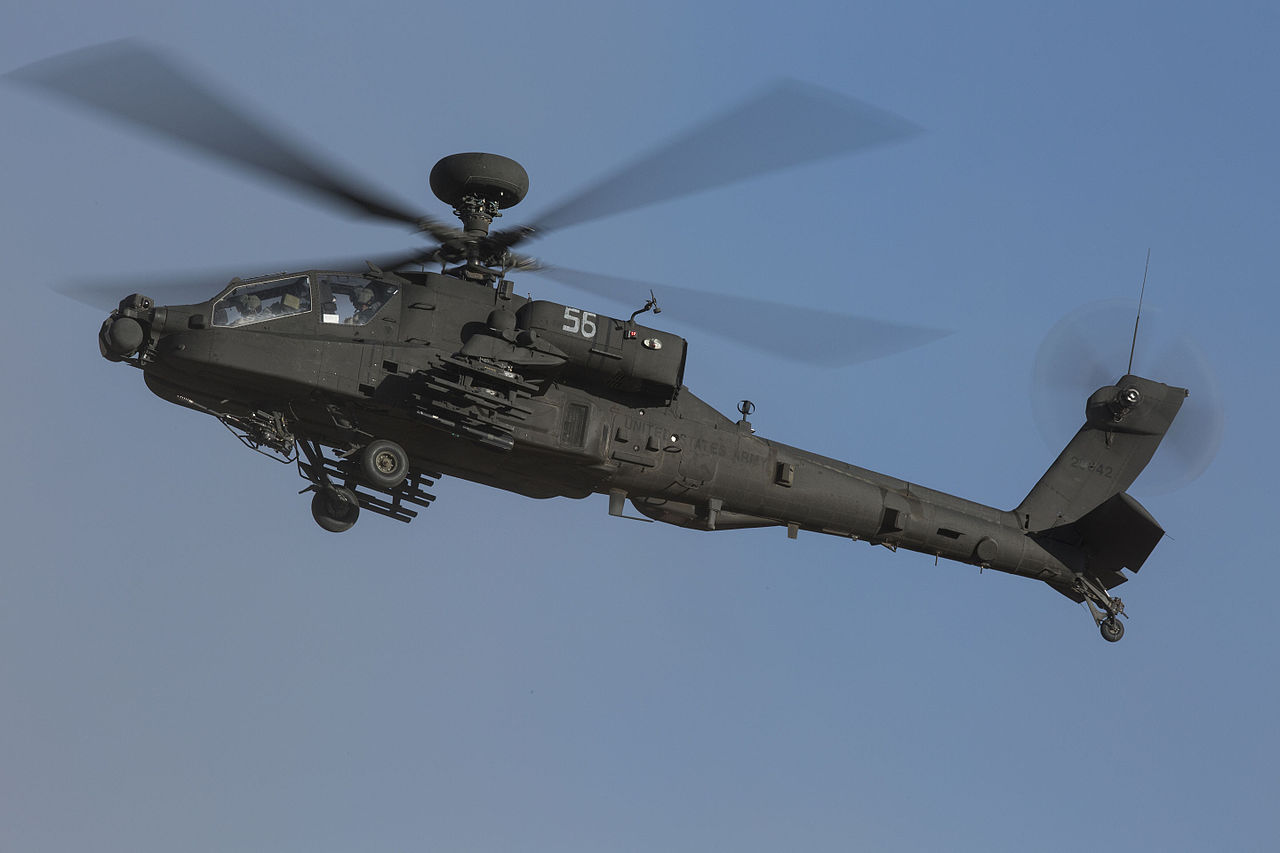
The US Army’s AH-64 Apache helicopter is and will remain the Army’s Attack helicopter for the foreseeable future.
The Apache Project Office (Apache PO) has steadily upgraded the Apache since it was first fielded in the 1980’s. The upgrades have produced the world’s premier attack helicopter which is used by the US Army and more than 16 allies around the globe.
The AH-64E Version 6.5 (V6.5), is the next version of the Apache Helicopter. It will include an upgraded software program to increase its survivability on the modern battlefield.
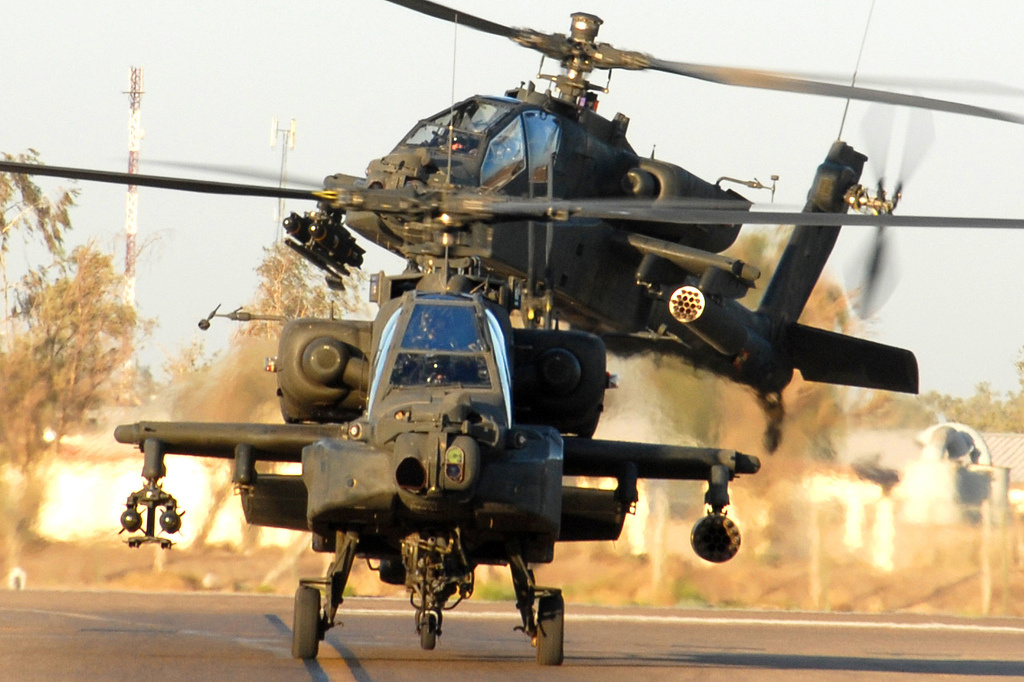
According to the article Apache helicopter on track for major upgrades by Belinda Bazinet, aligning with the Program Executive Office, Aviation common configuration strategy, V6.5 establishes a common Operational Flight Program software baseline across the Apache E model fleet.
“We’re very excited about the ongoing development of the V6.5 software as it paves the way for Apache modernization including the integration of the ITEP engine,” Col. Jay Maher, Apache project manager, said. “V6.5 aligns the entire E model fleet under the same software, streamlining training and maintenance while providing a pathway for sensor/capability parity.”
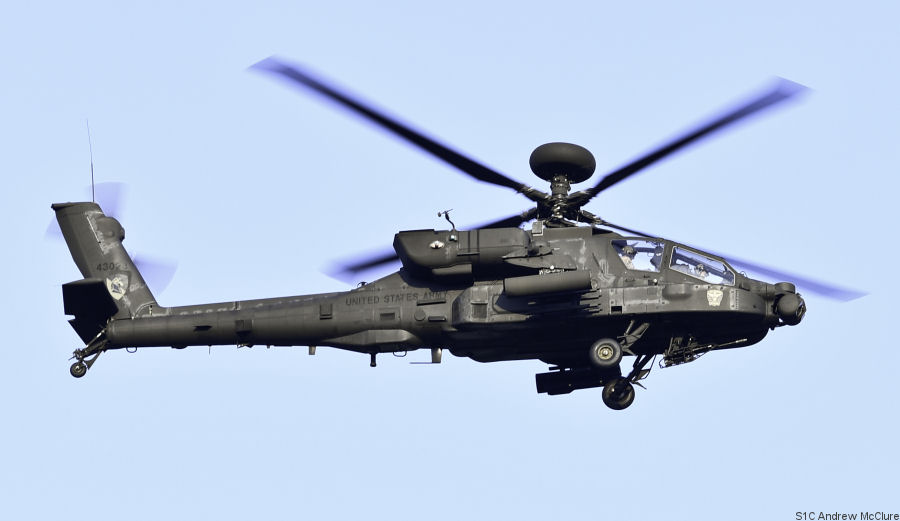
Other V6.5 technology enhancements and insertions include upgrades in lethality, survivability, situational awareness, navigation, and communication. It also introduces an Open Systems Interface (OSI). OSI is an initial step towards a more open systems architecture, which will ultimately allow rapid insertion of new technologies and enhanced capability in future updates. The Apache PO developed the V6.5 upgrades to address DOD security mandates, Army Aviation and Army Capabilities Manager (ACM) Attack/Recon priorities, and the 2019 Version 6 Follow-on Operational Test and Evaluation findings.
Although software heavy, V6.5 includes several hardware insertions, requiring a modification work order that will support the retrofit of all V4 series and V6 series Apache E-model aircraft to V6.5. To date, V6.5 has successfully completed its Systems Readiness Review, and the Preliminary Design Review. The next program major milestone, the first flight, is scheduled for fall of 2023. The V6.5 development program is slated to conclude in 2025 and version 6.5 fielding via aircraft retrofit is currently targeted to start in FY26.
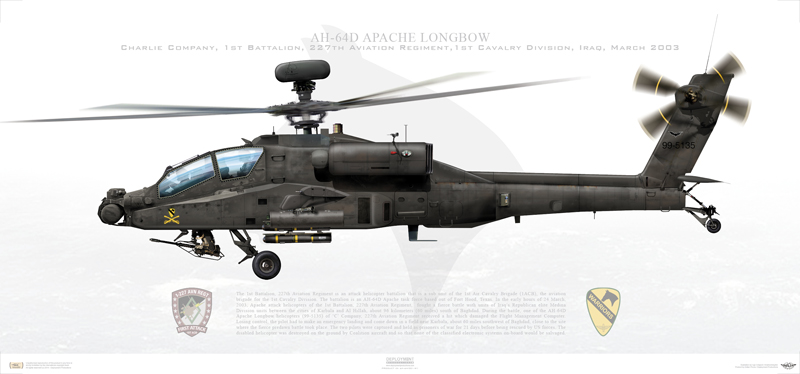
In FY25, the Apache will receive additional software and hardware updates as it integrates the Improved Turbine Engine (ITE) for Developmental Testing (DT). Upon completion of the DT, the Apache will support the Advanced Turbine Engine (ATE) office in the Operational Test & Evaluation for the ITE program.
“We look forward to integrating this more capable engine onto the AH-64E and performing the necessary testing so one day we can get this into the hands of our warfighters,” Katie White, ITE Integration assistant product manager, said. “The Apache ITE Integration team has done a tremendous job collaborating with the V6.5 team, Aviation Turbine Engines Project Office, Boeing, General Electric, and other stakeholders to enable successful integration and qualification activities.”
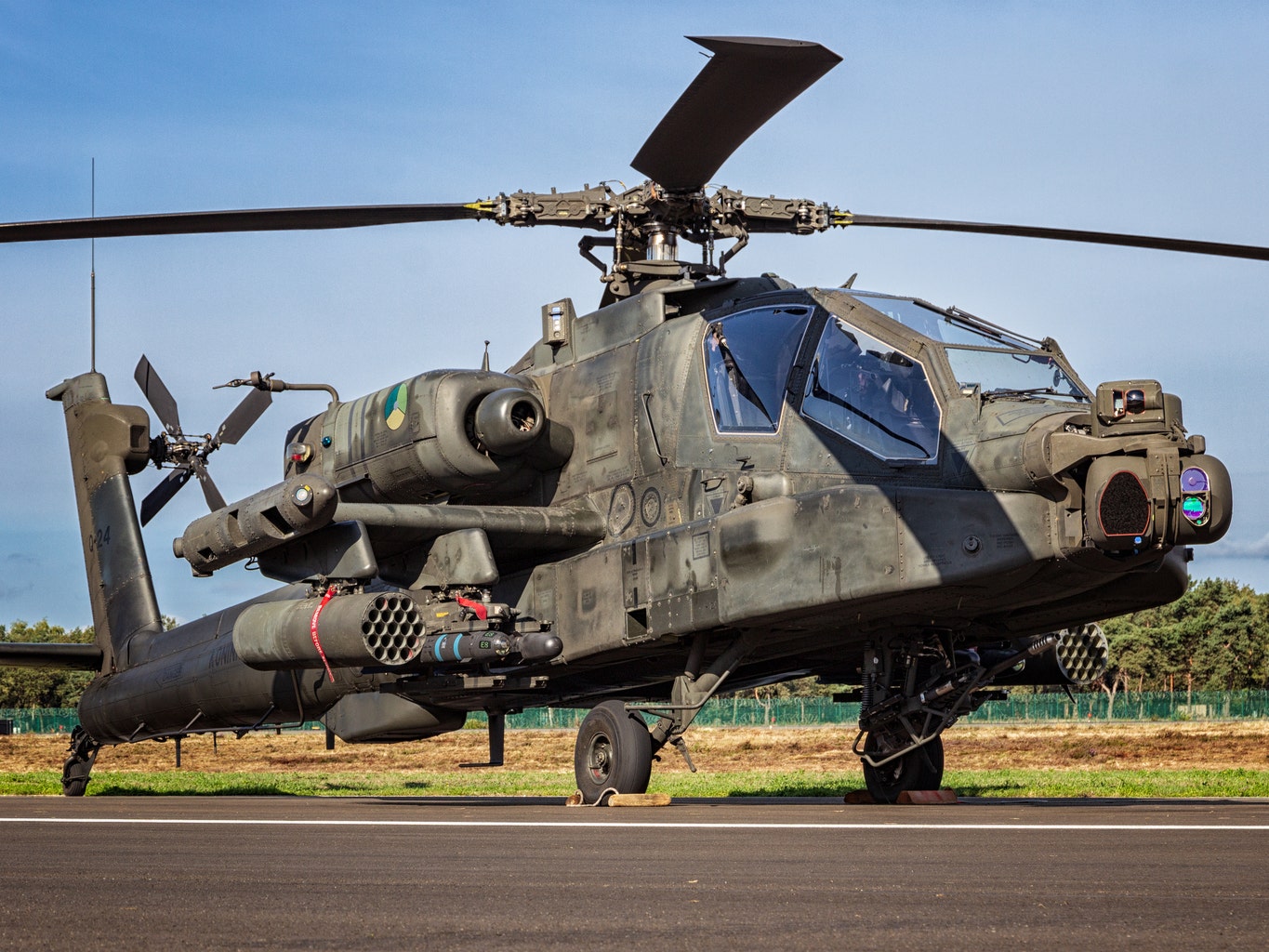
The V6.5 is on schedule for the First Flight in the fall of 2023. The program is slated to conclude in 2025 and fielding via retrofit is currently targeted to start in FY26.
In addition to the V6.5, Boeing announced the Modernized Apache in October 2022, a Boeing concept aligned with the US Army’s future modernization efforts, keeping the AH-64 a relevant, multi-domain lethal combat-multiplier for US warfighters and international customers.
The AH-64 Apache was designed to be an extremely tough survivor under combat. The prototype Apache made its first flight in 1975 as the YAH-64, and in 1976, Hughes received a full-scale development contract. In 1982, the Army approved the program, now known as AH-64A Apache, for production. Deliveries began from the McDonnell Douglas plant at Mesa, Ariz., in 1984 — the year Hughes Helicopters became part of McDonnell Douglas.
A target acquisition and designation sight/pilot night-vision sensor and other advanced technologies added to its effectiveness in the ground support role. To reduce costs and simplify logistics, the Apache used the same T700 engines as the Army’s Sikorsky UH-60 Black Hawk utility helicopter and its naval cousin, the SH-60 Seahawk.
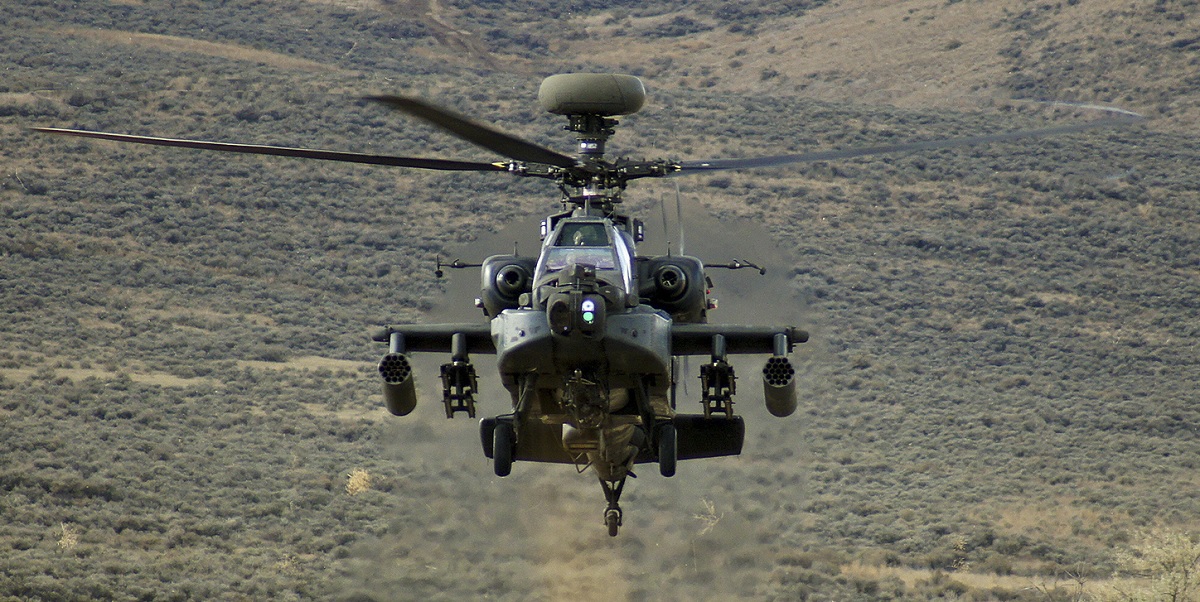
Source: theaviationgeekclub.com










